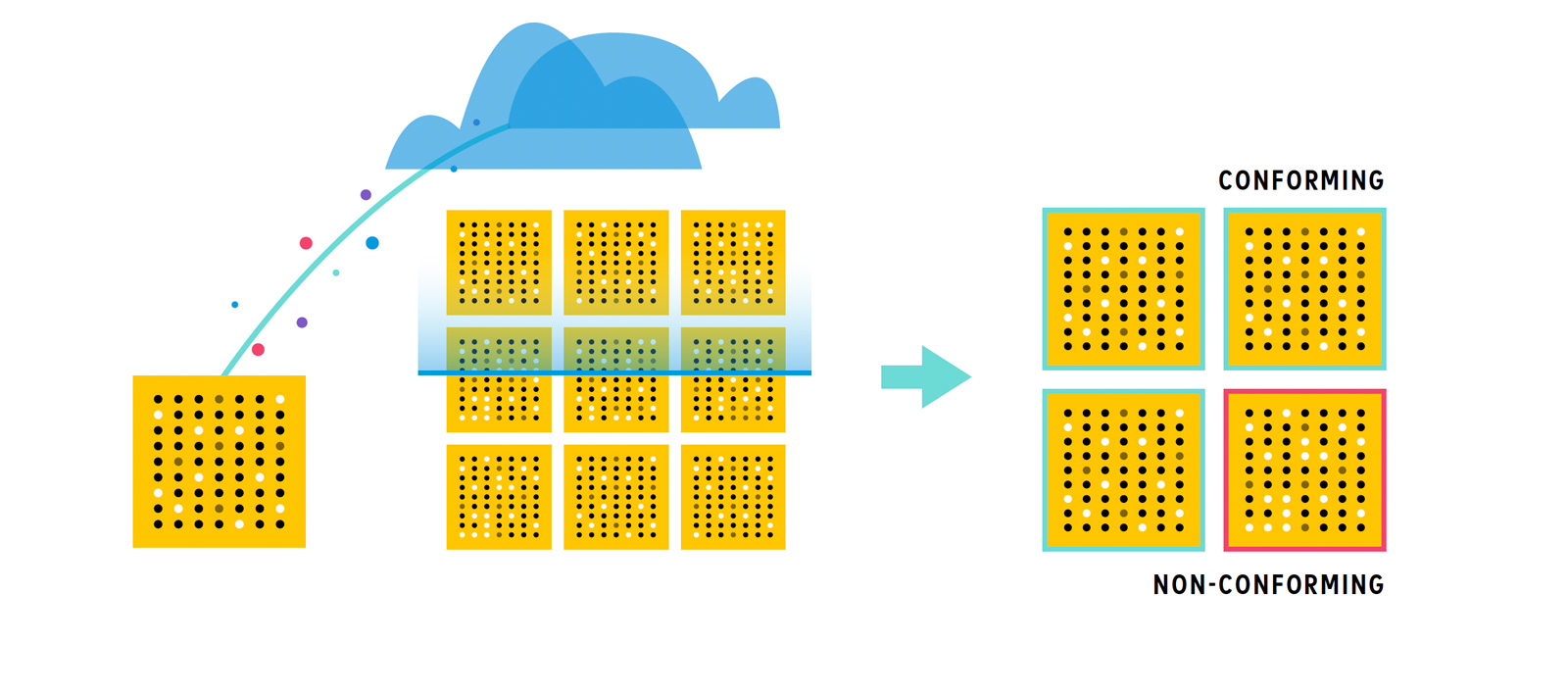The technology behind electronic noses, digital olfaction, is generally defined as the digital capture and production of aromas, and its applications are broad and far-reaching. Similar to our sense of smell, digital olfaction mimics the process by which our brains identify and differentiate between odors.
Digital olfaction involves both a sensor—acting as the nose or receptor for odor molecules – and associated software which interprets information from the sensor based on a database of previously collected and analyzed odors.
Current instrument-based techniques to analyze odors include chromatography/spectroscopy, multi-sensor devices, traditional e-noses and bio-based solutions. Each of these technology approaches have their own benefits and drawbacks, making them suitable to some but not all applications for digital olfaction.
Aryballe’s approach to digital olfaction combines biomimicry with an understanding of the human sense of smell and advance optical instrumentation techniques. The resulting solution provides a more universal approach to capturing and displaying objective odor data that mimics the human sense of smell.
This solution enables a variety of applications, from food and beverage quality control to improving consumer experiences in home appliances and mobility industries.
Learn more about the different digital olfaction approaches, the type of data captured and how it’s being used in our Digital Olfaction for Odor Sensing whitepaper.


